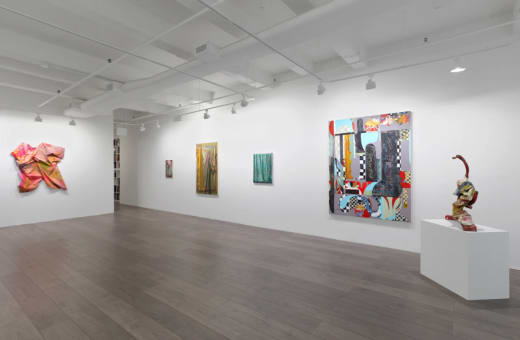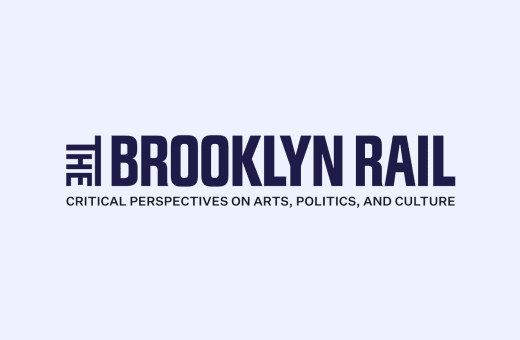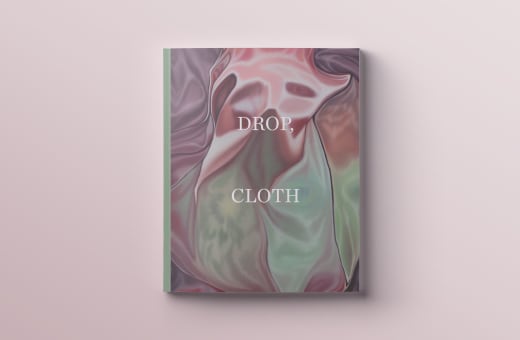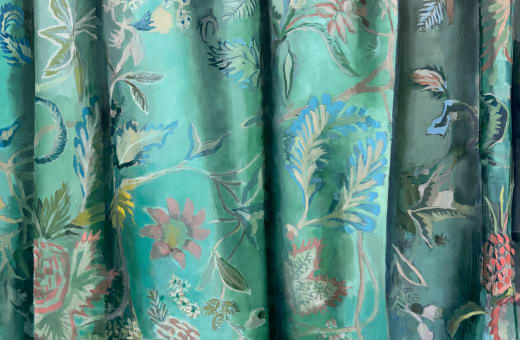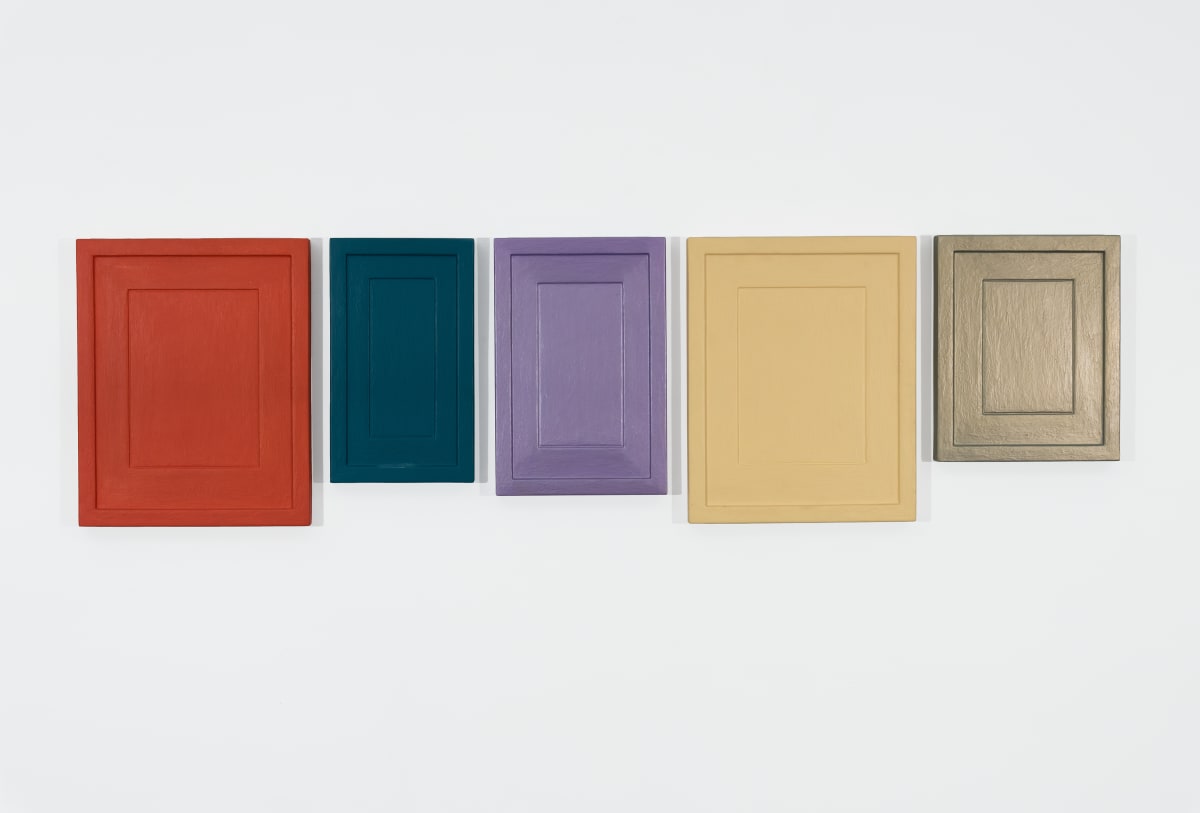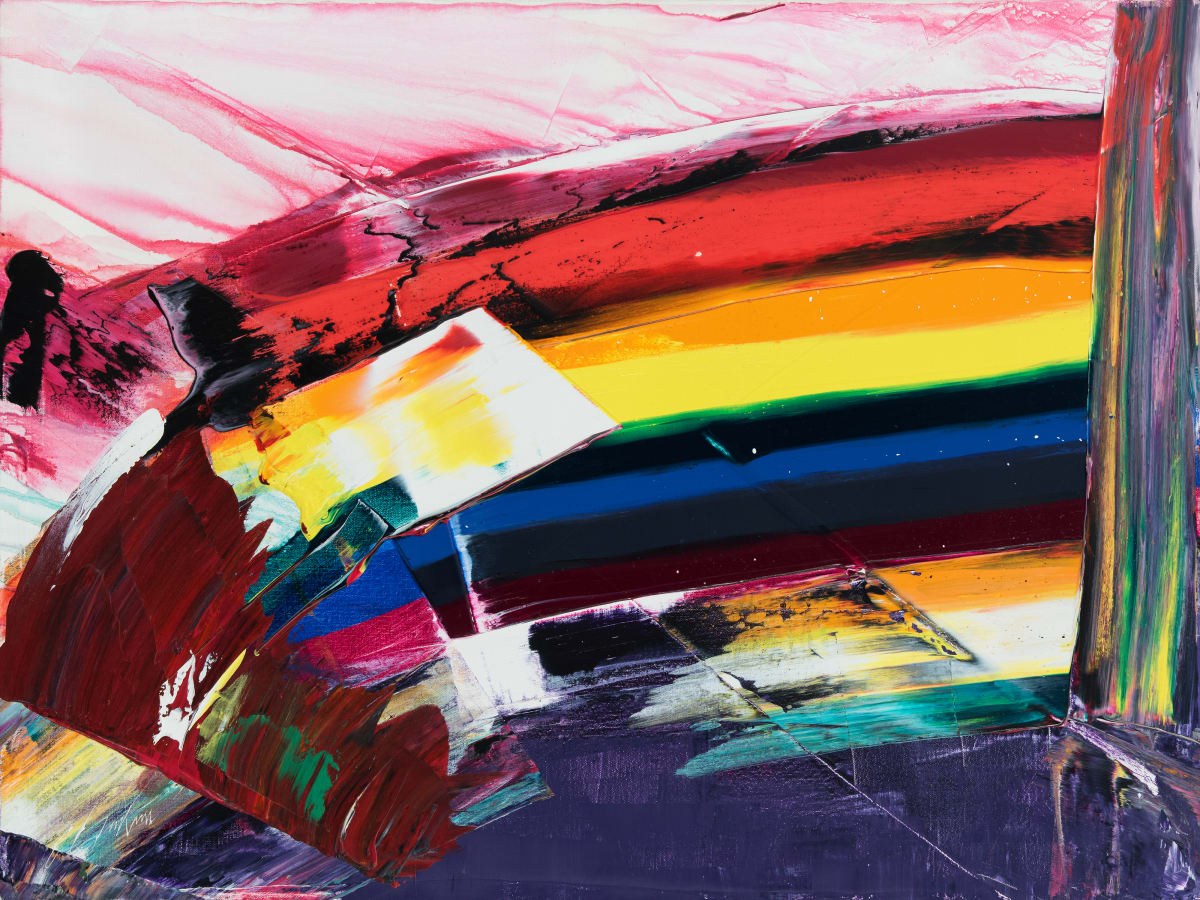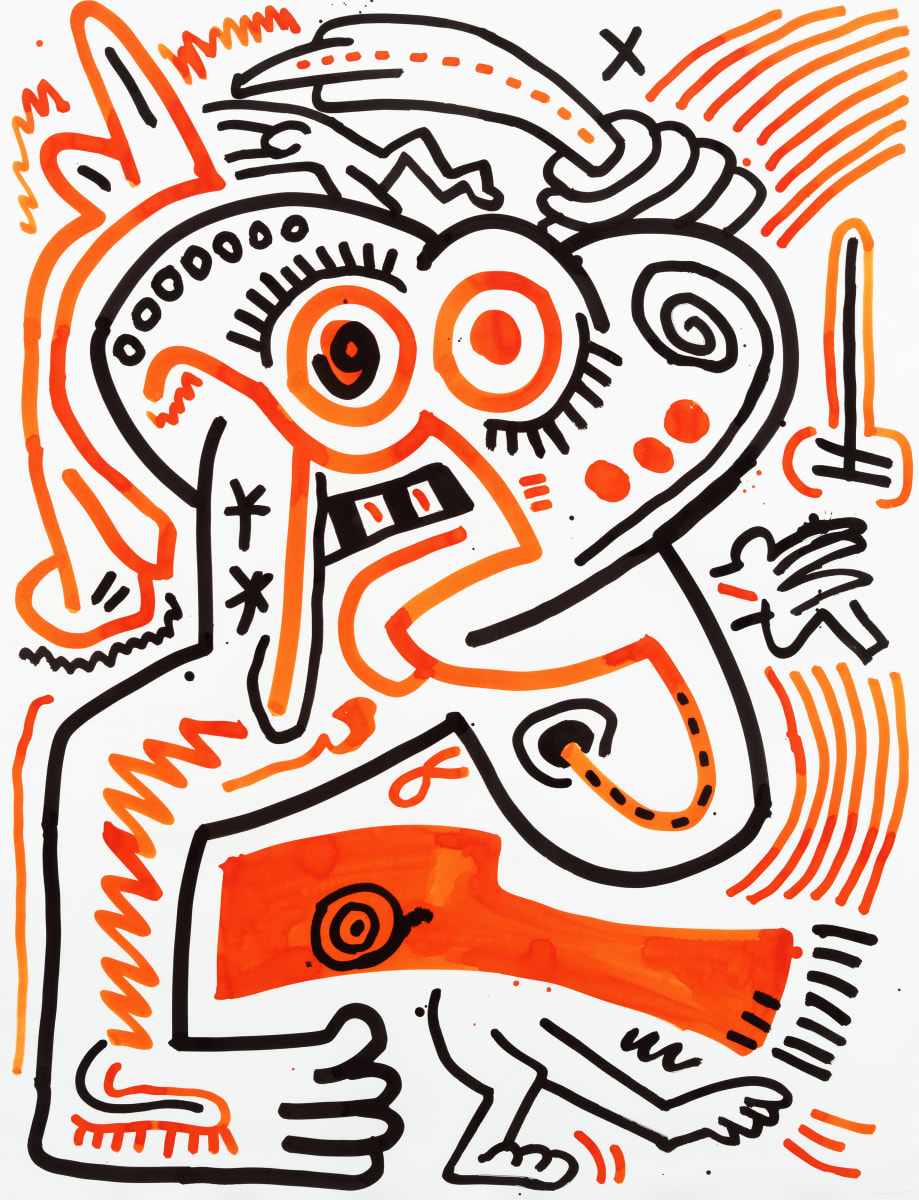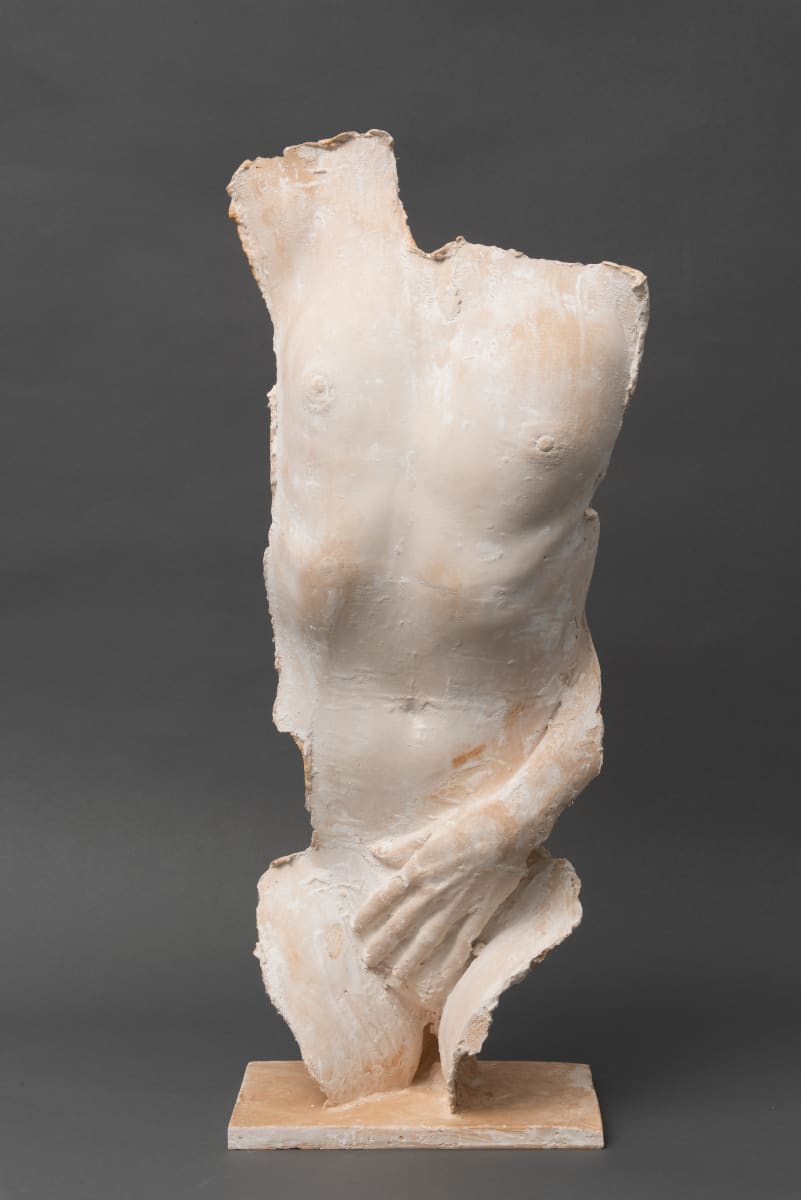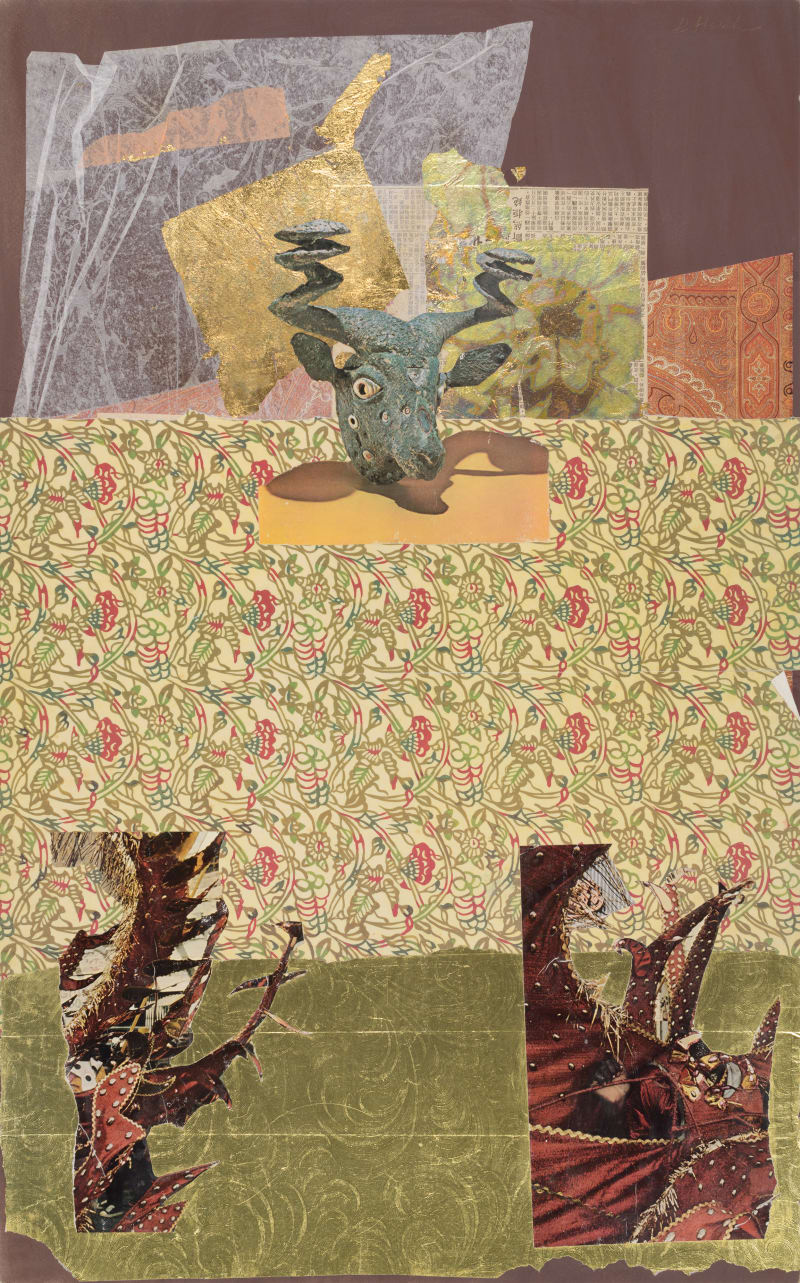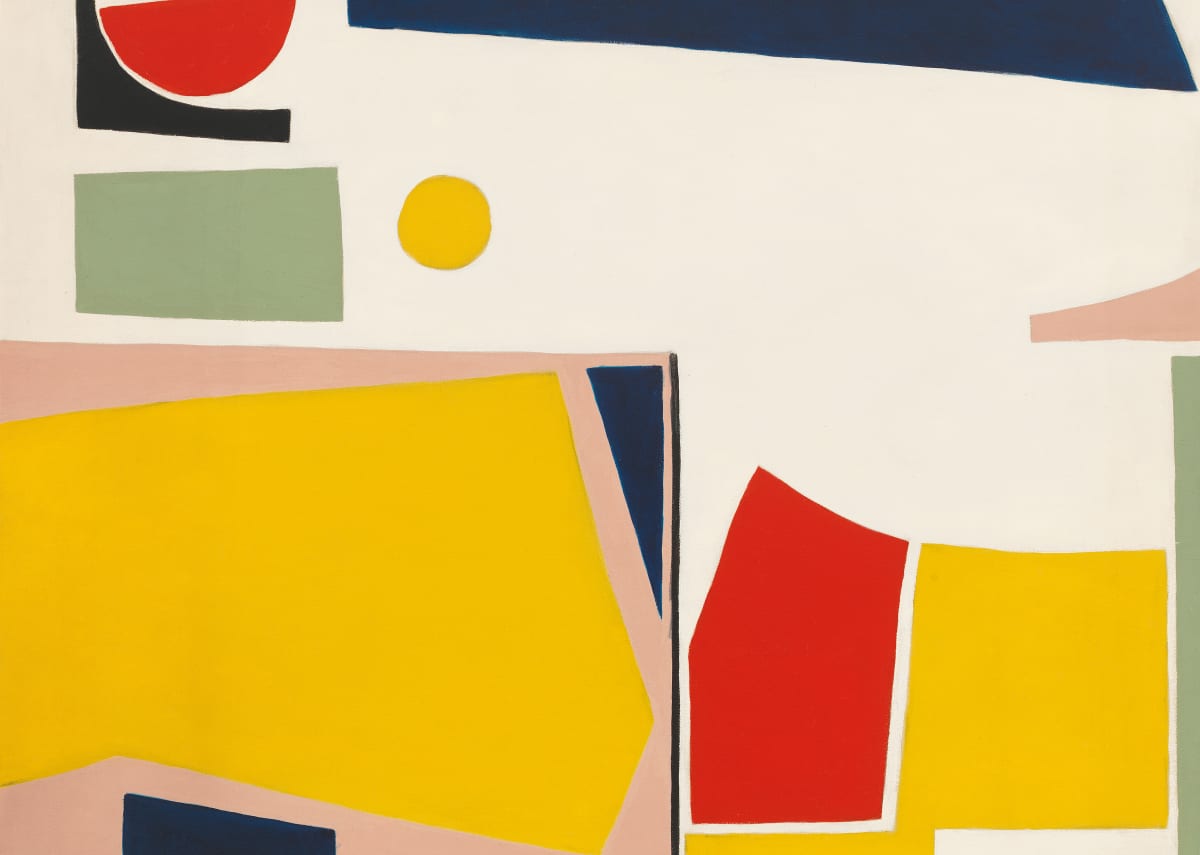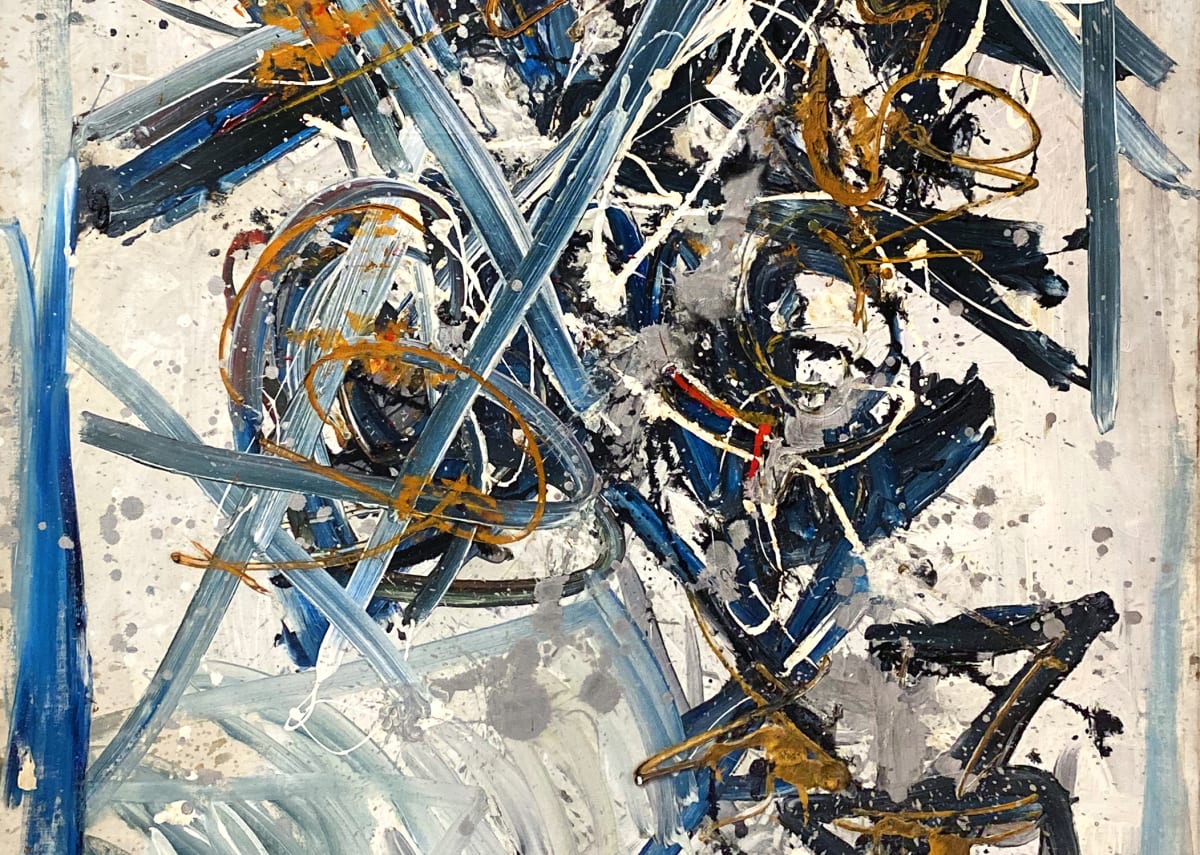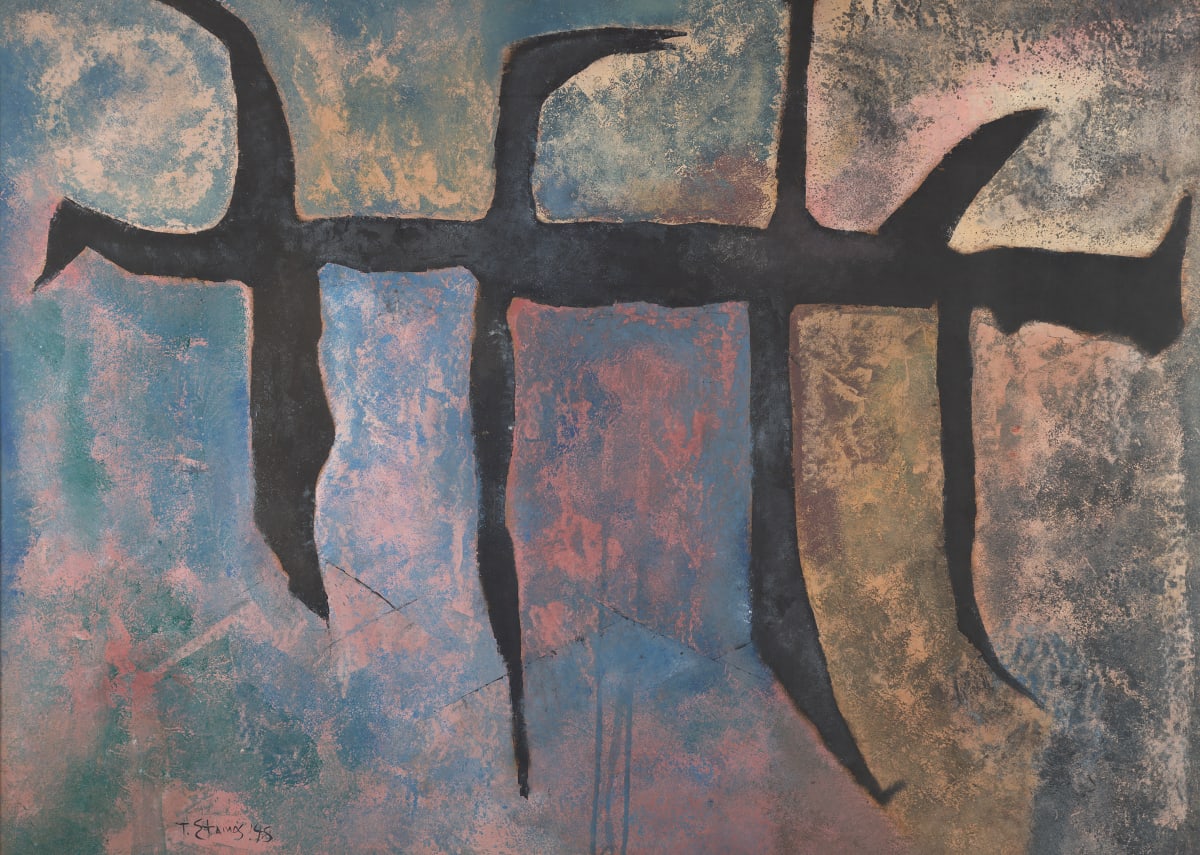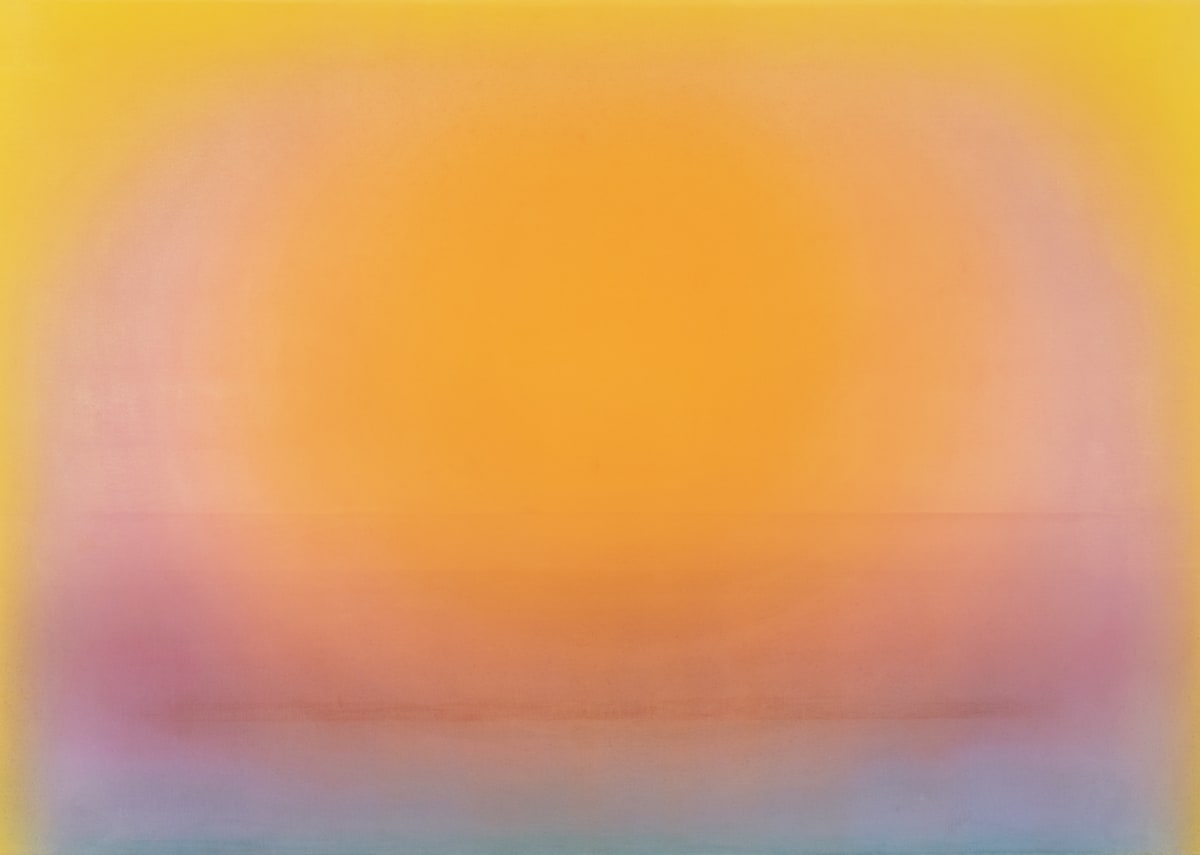
The 1980s, a vital decade that set into motion the contemporary art world that exists today.
Hollis Taggart is pleased to present The Making of a New World: Art of the 1980s, an exhibition that foregrounds the 1980s, a vital decade that set into motion the contemporary art world that exists today, with its explosive pluralism and configuration of artists, institutions, dealers, and collectors. In New York during the 1980s, artists produced work from the front lines of a complex sociopolitical landscape marked by urban gentrification, an unprecedented boom and bust of Wall Street following de-industrialization, the AIDS epidemic, culture wars, and the Reagan presidency. The exhibition will be on view at Hollis Taggart from July 31 to August 29.
Hollis Taggart is pleased to present The Making of a New World: Art of the 1980s, an exhibition that foregrounds the 1980s, a vital decade that set into motion the contemporary art world that exists today, with its explosive pluralism and configuration of artists, institutions, dealers, and collectors. In New York during the 1980s, artists produced work from the front lines of a complex sociopolitical landscape marked by urban gentrification, an unprecedented boom and bust of Wall Street following de-industrialization, the AIDS epidemic, culture wars, and the Reagan presidency. The exhibition will be on view at Hollis Taggart from July 31 to August 29.
In the midst of a media-saturated, postmodern environment, artists active in the 1980s was the first generation that came of age watching television. As curator Douglas Eklund noted in his landmark exhibition of the so-called Pictures Generation of the early 1980s at the Metropolitan Museum of Art, the media culture of movies, television, and popular music constituted “a sort of fifth element or a prevailing kind of weather” for artists creating art in the 1980s. The exhibition includes work by a wide array of artists for whom this was the backdrop: Allan McCollum and Sturtevant, for example, problematize issues of authorship in artworks at a time when a pervasive media culture seemed to render the concept of originality irrelevant.
Other artists such as Keith Haring and Rick Prol showed their work in the thriving East Village scene in the early 1980s, producing graffiti that blended pop art as well as anarchical, cartoonish tableaux that reflected downtown New York’s vibrant street culture. Ed Ruscha continued his exploration of photo-based conceptualism into the 1980s, while the Pattern and Decoration (P&D) movement, led by artists like Kendall Shaw, revived interest in patterning and ornamentation.
In a decade marked by a great deal of critical dialogue centered around a duality of “good” postmodern art (conceptually oriented photography championed by the October school of critics) and “regressive” postmodern art (painters who still held onto the myth of the singular, heroic artist), sculptors were quietly continuing to create objects that seemingly bypassed such dialogues: George Segal’s elegiac bodily fragments and Sam Gilliam’s tessellated canvas sculptures. Still others––Paul Jenkins, Leon Berkowitz, and Michael (Corinne) West––were attempting to find new inroads in painting at a time when painting was being abandoned in favor of more conceptual forms of artmaking. Far from dead, and perhaps in reaction against the ever-increasingly mediated world of television and screens of the 1980s, painting came to represent an important intersection between new realities of seeing and a seemingly traditional way of creating art.
For more information about The Making of a New World: Art of the 1980s, please contact us at info@hollistaggart.com or +1 212.628.4000.
For press inquiries, please contact Aga Sablinska at aga.sablinska@gmail.com or +1 862.216.6485.

